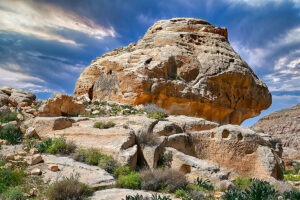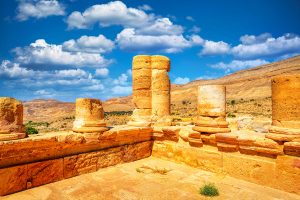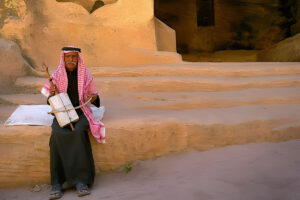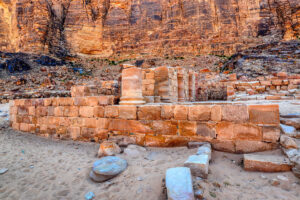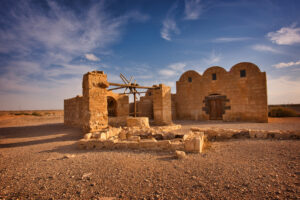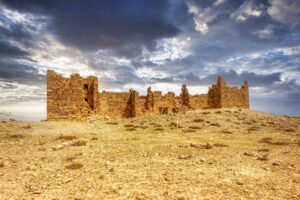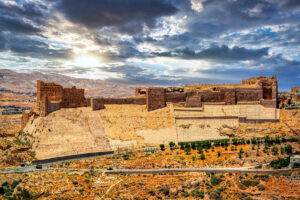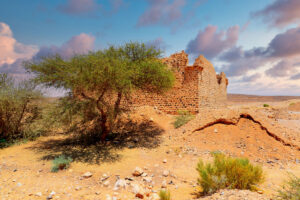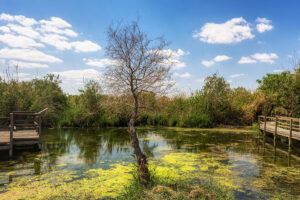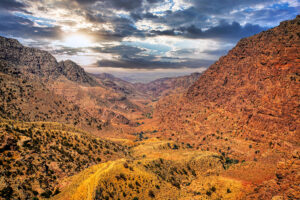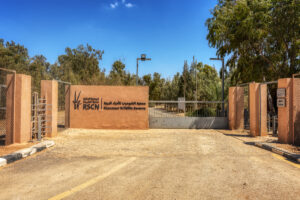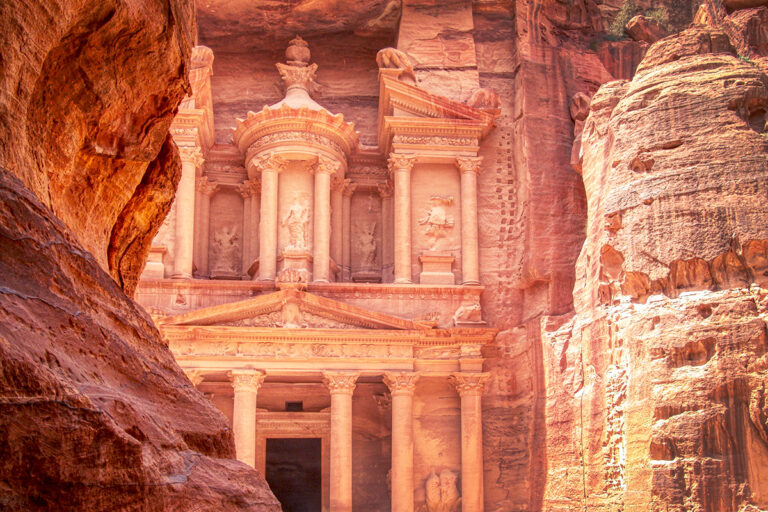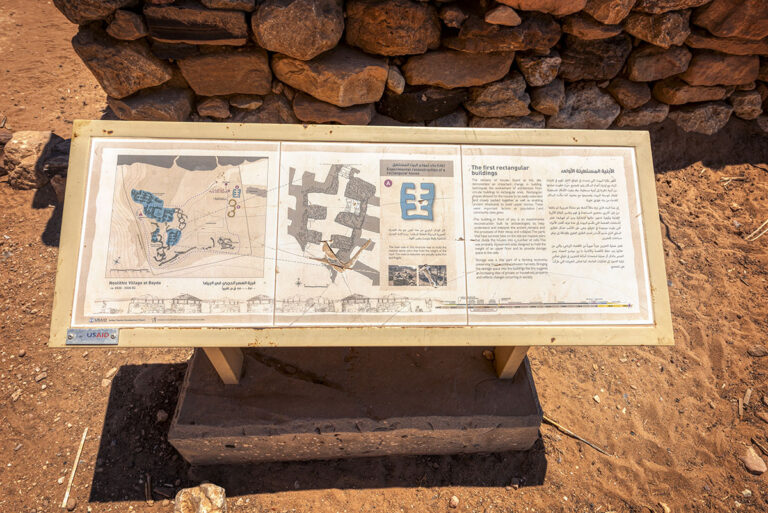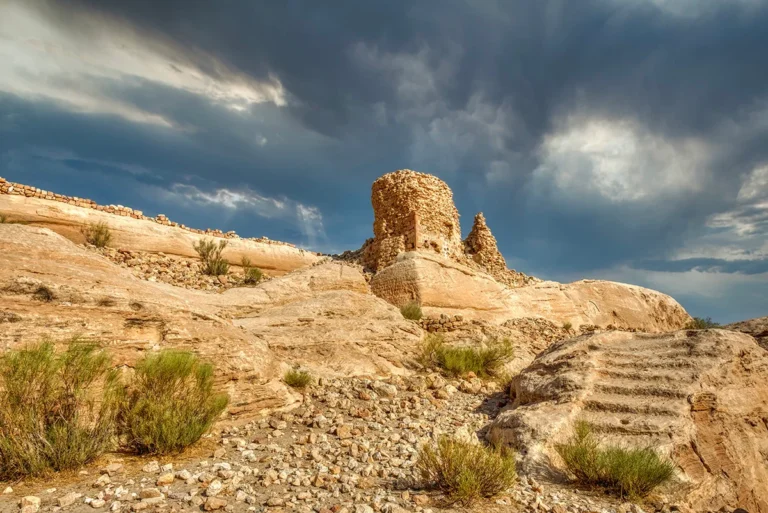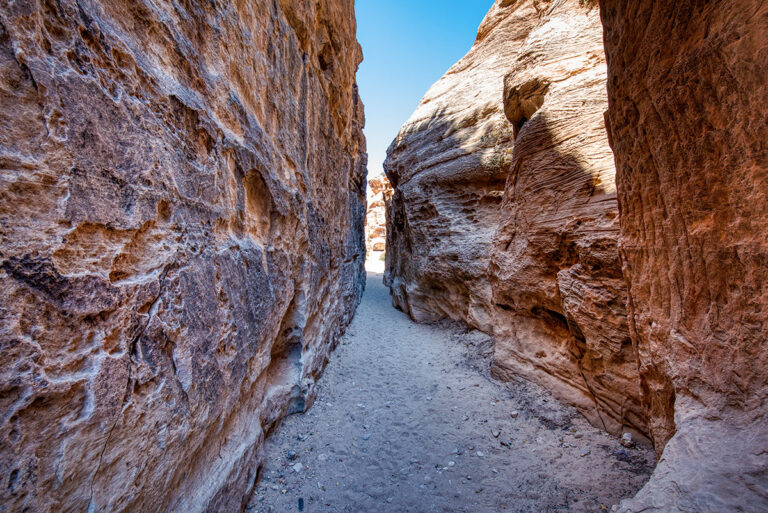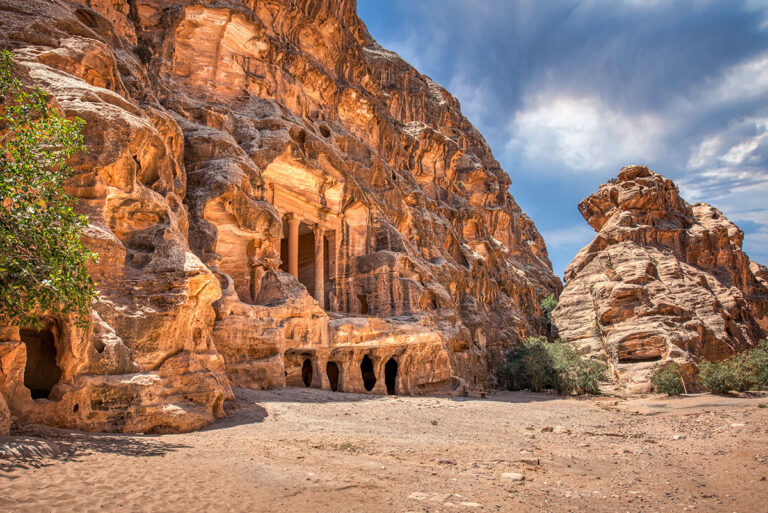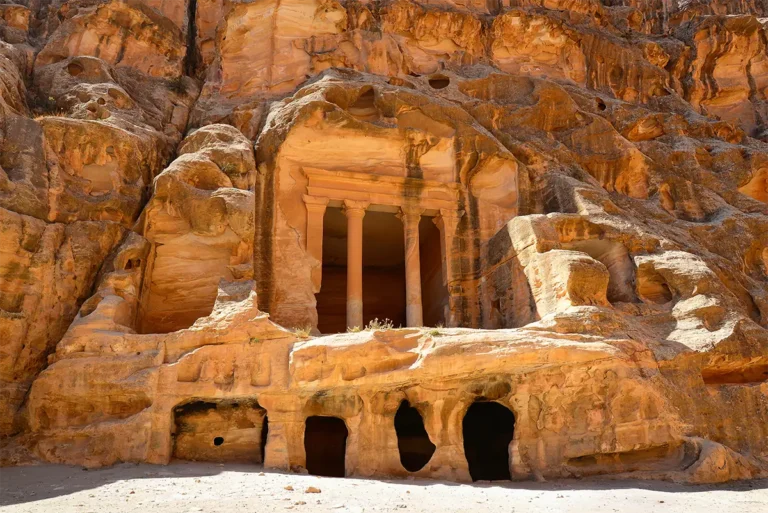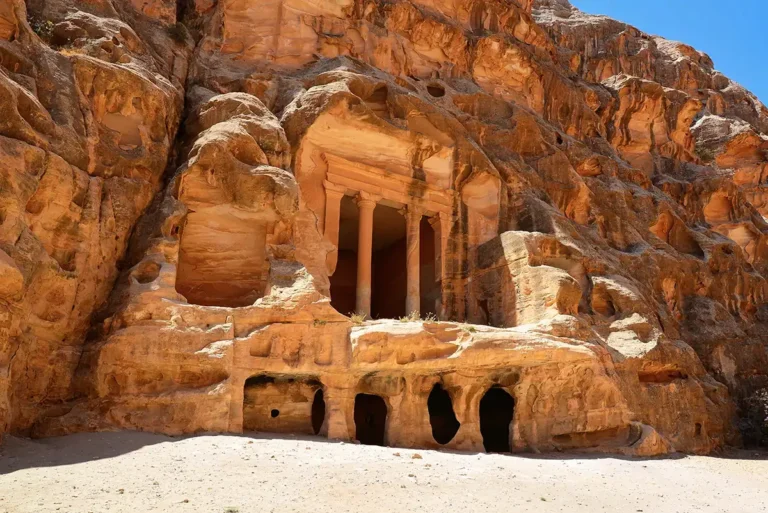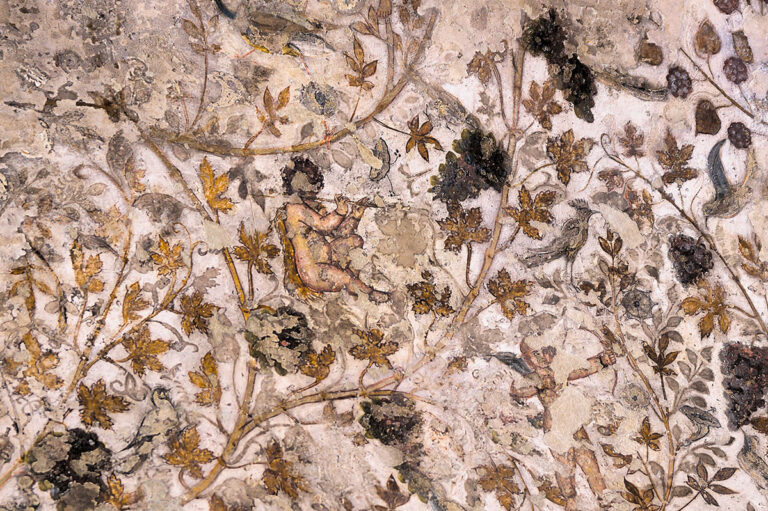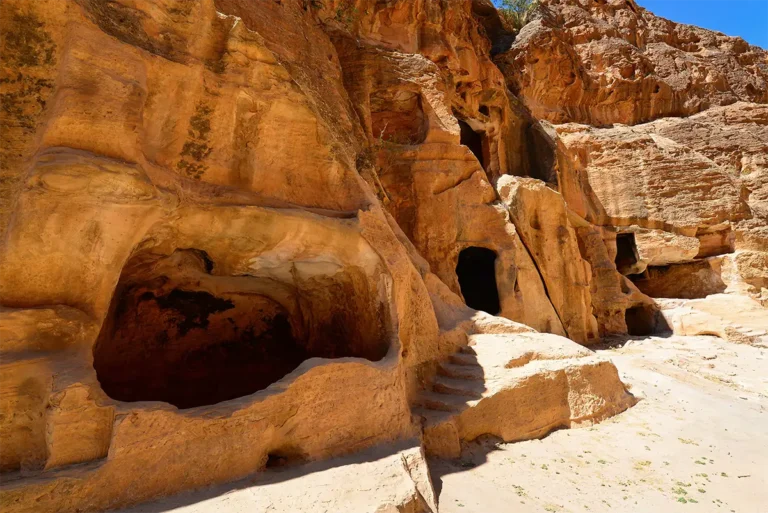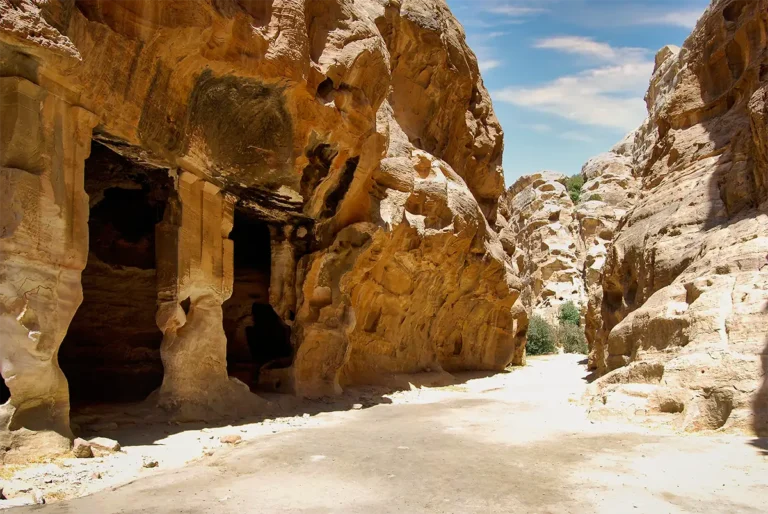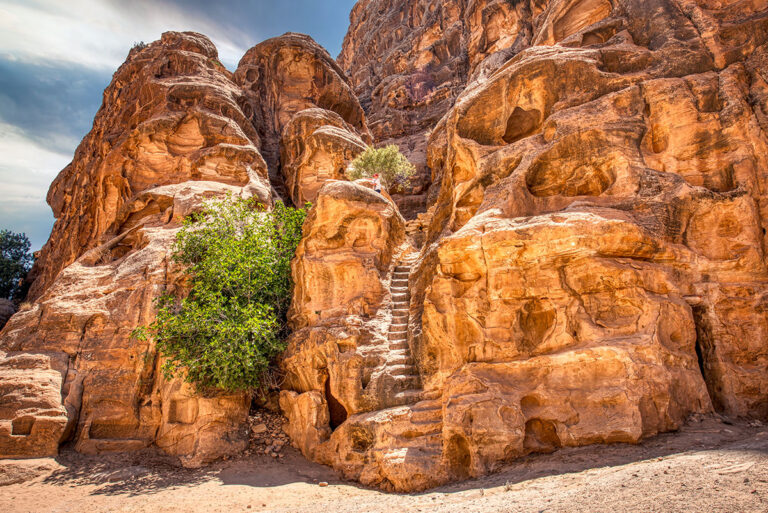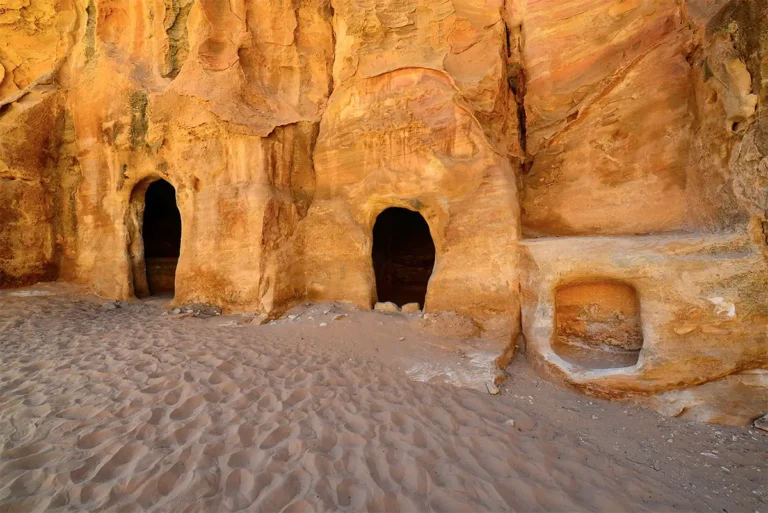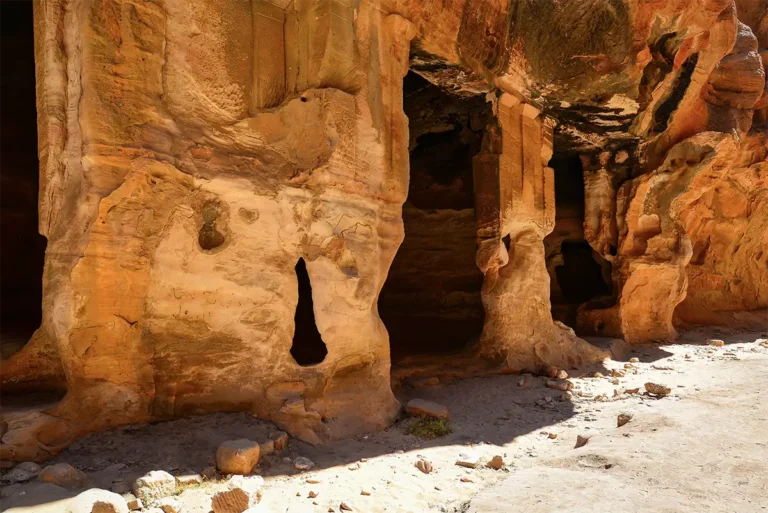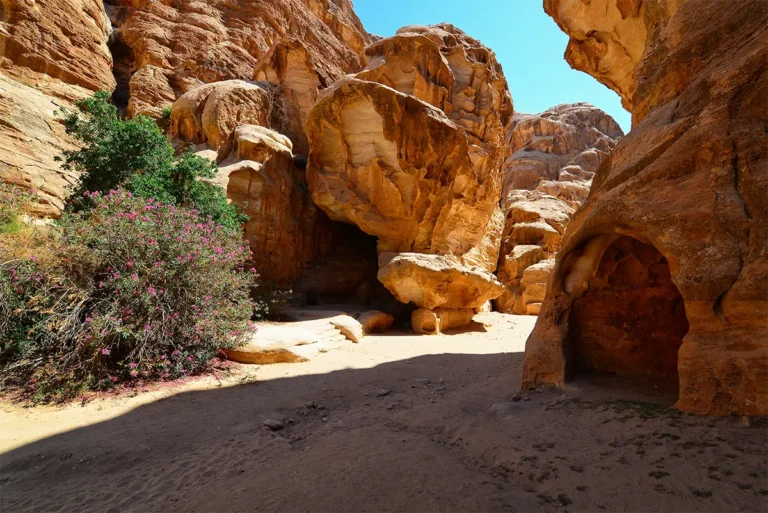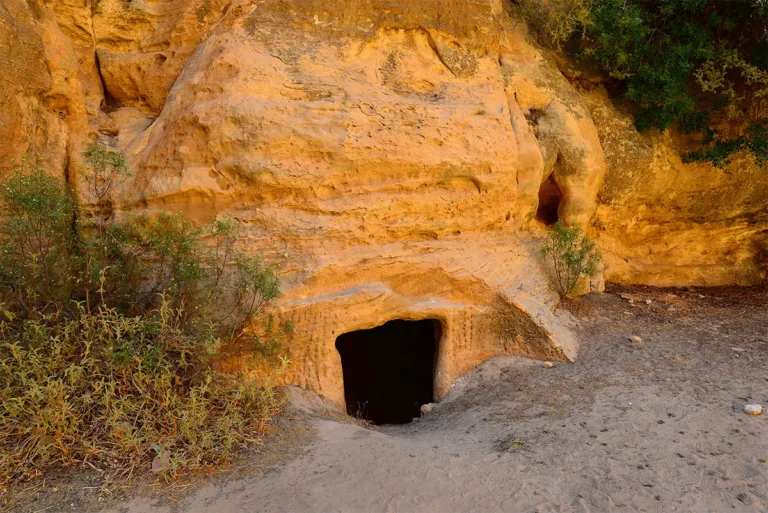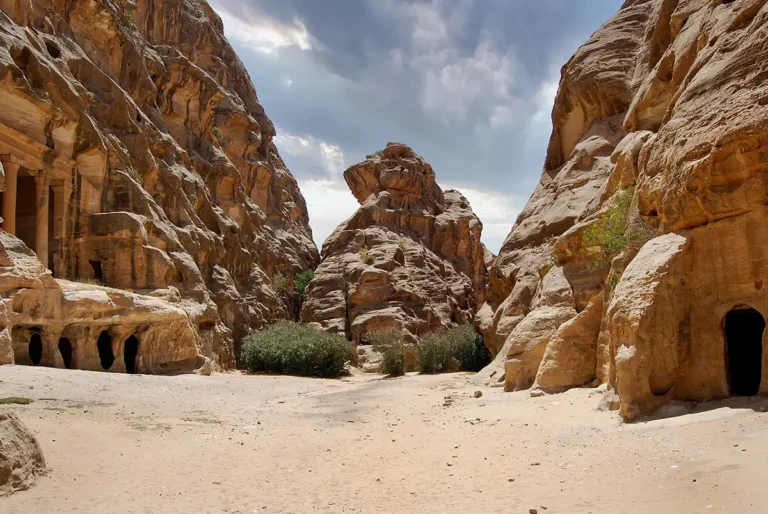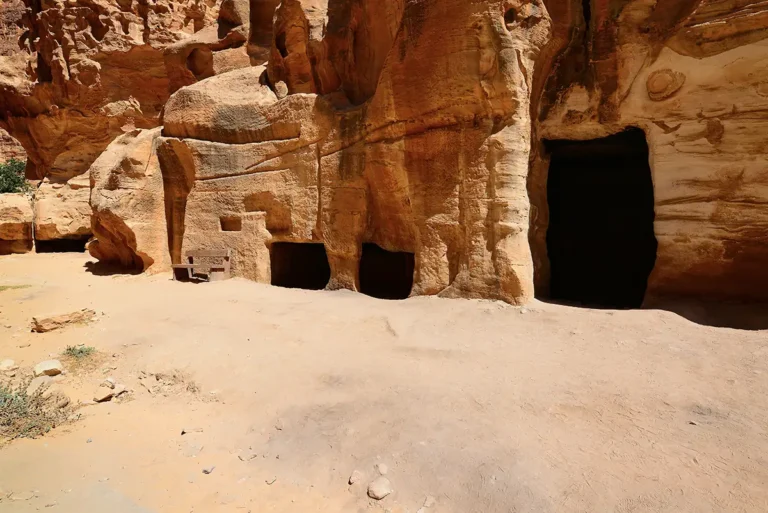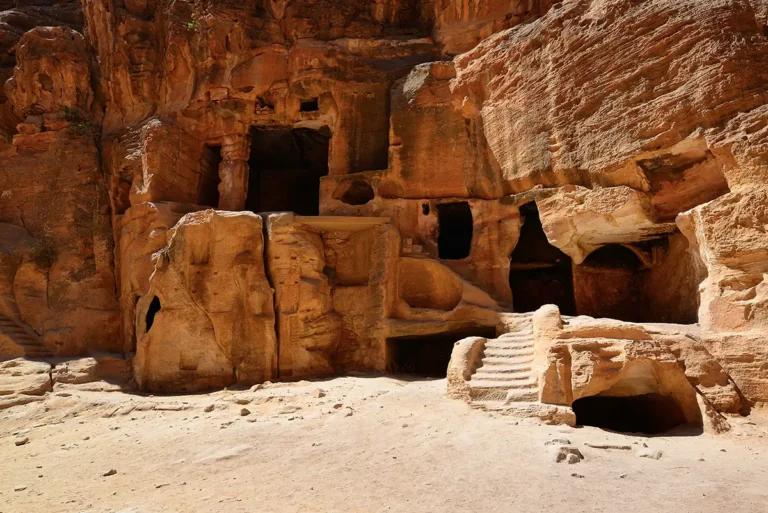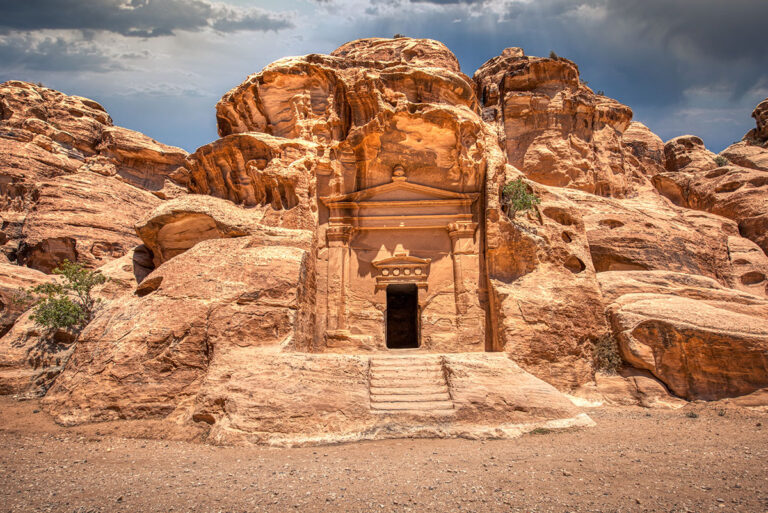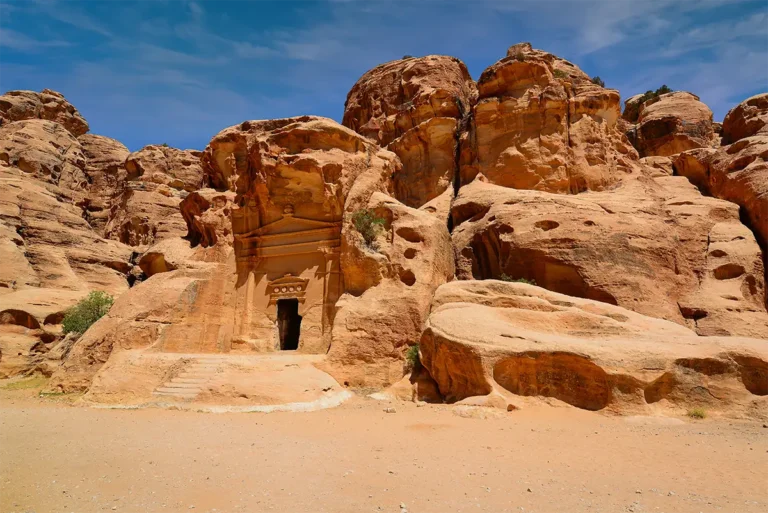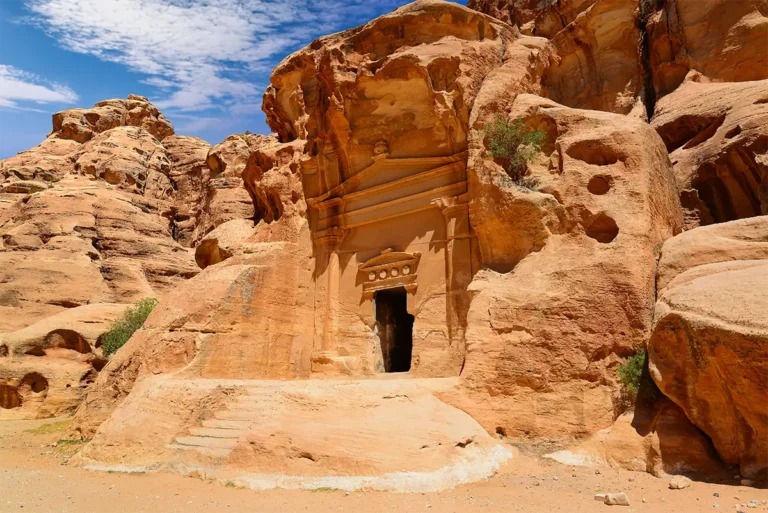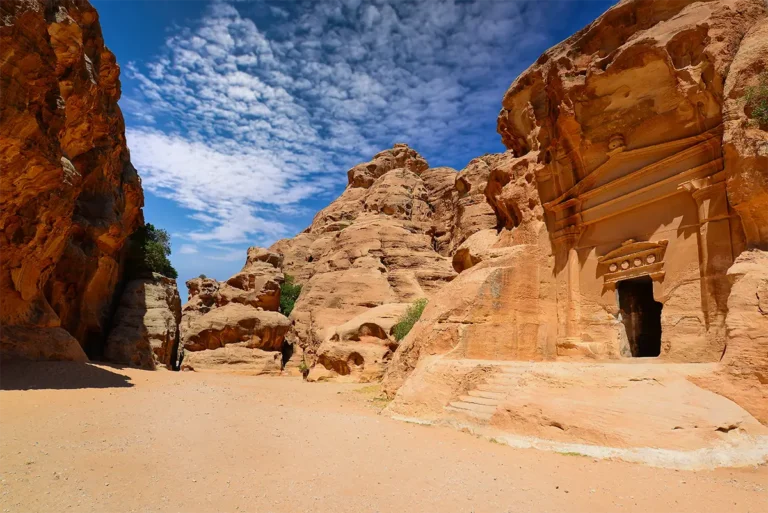Little Petra, or Siq al-Barid, is a historical treasure located just a few kilometres north of Petra. Smaller and less crowded than its famous counterpart, Little Petra offers visitors an intimate look into the Nabataean way of life. Unlike Petra, which served as a commercial and ceremonial hub, Little Petra is widely regarded as an agricultural suburb where traders and caravans passing through the Silk Road found rest and replenishment.
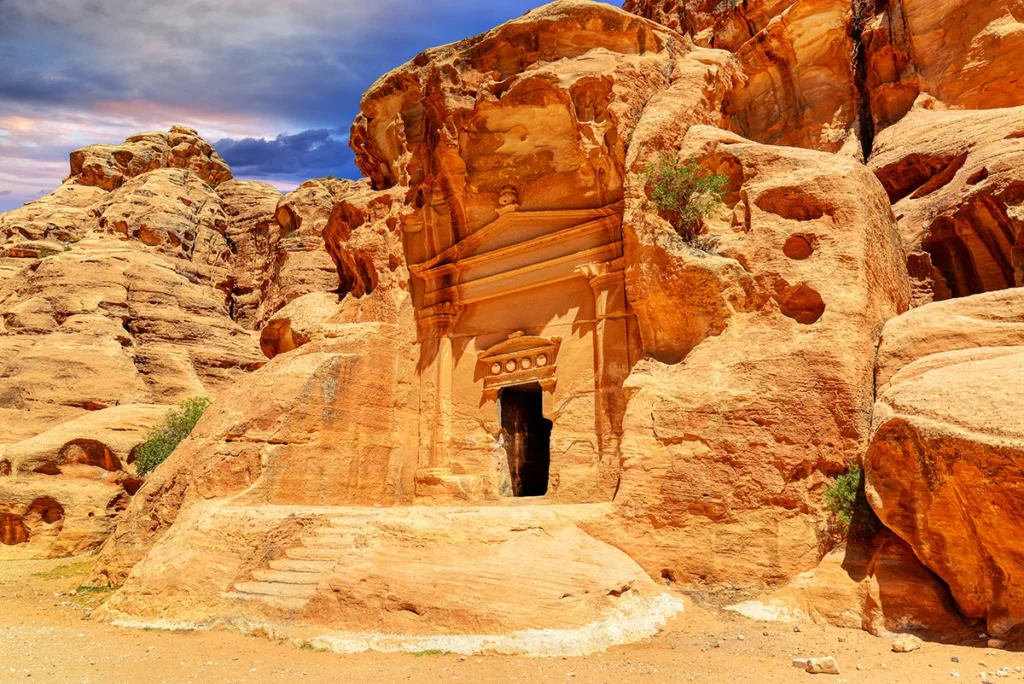
What makes Little Petra stand out is the Painted Biclinium, a room with two benches and a ceiling adorned with ancient frescoes. These paintings depict vines, flowers, and mythological figures, showcasing the Nabataeans’ artistic skills and cultural influences. Such well-preserved frescoes are rare in Nabataean architecture.
Historical and Archaeological Significance
While Little Petra may not boast the same monumental scale as Petra, its historical value is undeniable. Dating back over 2,000 years, the site stands as a testament to the Nabataean civilisation—masters of trade, architecture, and water engineering.
Archaeologists have uncovered intricate frescoes within the Painted House, depicting grapevines and cherubs—a rare example of Nabataean interior design. The site’s placement further reinforces its role as a rest stop on the bustling trade networks that connected regions like Arabia, Egypt, and the Mediterranean. Short walks around the area may even reveal remnants of millstones, water channels, and reservoirs carved into the rock—a striking reminder of the ingenuity of these ancient people.
Little Petra’s Main Attractions
Little Petra is a must-visit destination for anyone exploring Petra and the Nabataean civilisation. Its intimate scale, stunning rock-cut architecture, and unique artistic elements make it a memorable complement to the grandeur of Petra. Here’s a step-by-step guide to some of the site’s must-see features:
The Siq’s Entrance: The entrance to Little Petra mimics the grandeur of the larger Petra site. Walk through the narrow canyon carved into sandstone and marvel at the Nabataean’s incredible craftsmanship.
The Triclinium (Dining Hall): One of the most impressive structures in Siq al-Barid is the large triclinium, a ceremonial dining hall carved into the rock. This space was likely used for feasting and social gatherings, possibly connected to religious or trade-related events. The interior is adorned with decorative elements, including carved columns and niches. The ceiling retains traces of ancient plaster, suggesting it was once elaborately decorated.
The Painted House: This is one of the most unique and well-preserved attractions in Little Petra. The biclinium (a room with two benches) features stunning frescoes on its ceiling, depicting vines, flowers, and mythological figures. These paintings are rare examples of Nabataean art and provide insight into their cultural and artistic practices.
Cave Dwellings: Throughout the complex, you’ll find various cave dwellings carved into the cliffs. These served as shelters for travellers and storage spaces for goods. Many still showcase carvings and niches for lamps.
The Chambers and Dining Rooms: Structures resembling dining rooms were carved to accommodate passing traders for feasts—a testimony to the hospitality of the Nabataeans. Climb a few stone steps to see these chambers up close.
Visiting Little Petra
Little Petra is approximately 10 minutes by car from Wadi Musa, the town that serves as a gateway to Petra. The straightforward route is well-marked, making self-driving an easy option. Alternatively, taxis from Wadi Musa often make the trip for around 10 JD. Be sure to confirm the fare before setting off.
If you’re already exploring Petra, remember there is an off-the-beaten-path hiking trail that connects Little Petra to the Monastery in Petra. This hike typically requires a guide and offers incredible views.
While Little Petra can be enjoyed year-round, the best times to visit are during spring (March-May) and autumn (September-November). These months offer pleasant temperatures ideal for exploring the site’s open spaces and narrow canyons. Morning or late afternoon visits are particularly rewarding, with soft lighting enhancing the rose-red hues of the sandstone.
To make the most of your trip to Little Petra, keep these tips in mind:
- Entry Fee: Unlike Petra, Little Petra typically doesn’t require an entry ticket, but it’s always best to check current regulations.
- Dress Comfortably: Wear sturdy walking shoes and light clothing suitable for the heat. A hat and sunscreen are essential.
- Bring Water: Facilities at the site are limited, so carry enough water to stay hydrated during your visit.
- Hire a Guide (Optional): Local guides can provide valuable insights, especially on the art and history of the region.
- Stay for Sunset: If possible, time your visit to coincide with sunset. The soft warm light transforms the site into a painter’s dream.
Why Little Petra Shouldn’t Be Missed
Little Petra may lack the grandeur of Petra’s Treasury or Monastery, but it delivers something equally special—intimacy and tranquillity. Visiting Little Petra feels like stepping back in time, offering a unique opportunity to connect with history without the crowds.
From its narrow canyon entrance to its ancient dining halls and hidden artwork, Little Petra brings Nabataean life vividly to the fore. Coupled with the stunning landscape of southern Jordan, it creates an experience that’s as humbling as it is unforgettable.
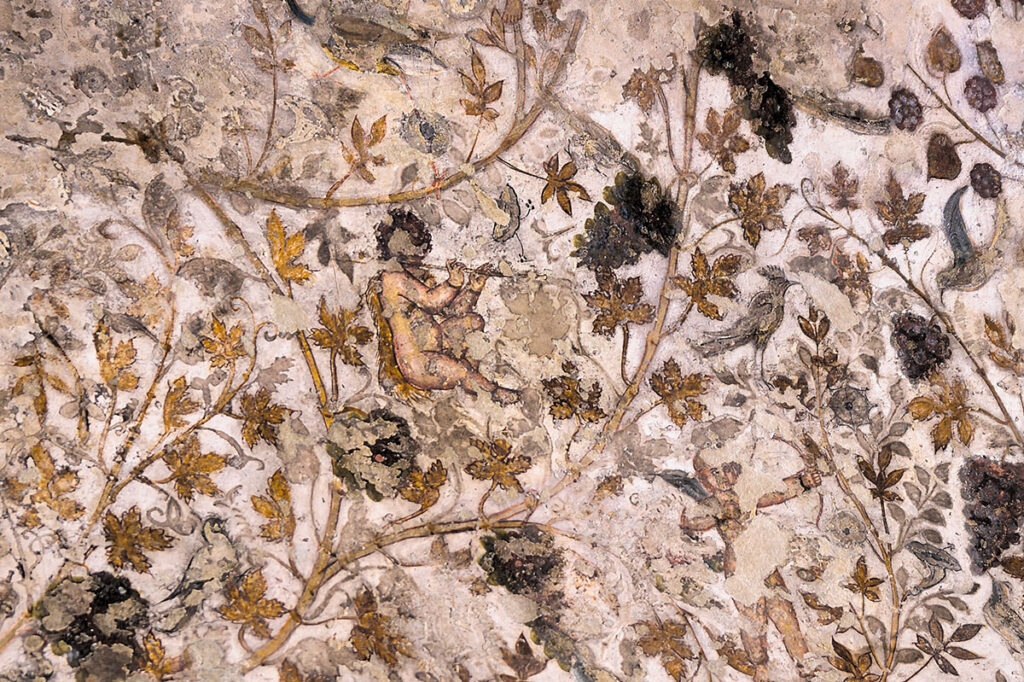
Key Moments in History
Nabataean Period: The Nabataeans, a nomadic Arab tribe who became skilled traders and builders, established Little Petra in the 1st century CE as a caravanserai—a rest stop for merchants travelling along the Silk Road and other trade routes. It was a place where traders could rest, exchange goods, and replenish supplies.
Architectural Style: The structures in Little Petra, including the triclinium, tombs, and water systems, reflect the distinctive Nabataean architectural style, characterised by intricate rock-cut facades and advanced engineering.
Key Moments in History
Nabataean Period: The Nabataeans, a nomadic Arab tribe who became skilled traders and builders, established Little Petra in the 1st century CE as a caravanserai—a rest stop for merchants travelling along the Silk Road and other trade routes. It was a place where traders could rest, exchange goods, and replenish supplies.
Architectural Style: The structures in Little Petra, including the triclinium, tombs, and water systems, reflect the distinctive Nabataean architectural style, characterised by intricate rock-cut facades and advanced engineering.
Connection to Petra: Little Petra was likely a commercial and residential extension of Petra, serving as a hub for trade and social gatherings. Its proximity to Petra (about 9 kilometres north) made it an ideal stop for caravans before entering the main city.
Decline: Like Petra, Little Petra declined in importance after the Roman annexation of the Nabataean Kingdom in 106 CE and the subsequent shift of trade routes. Over time, it was largely abandoned and forgotten until its rediscovery by modern archaeologists.
